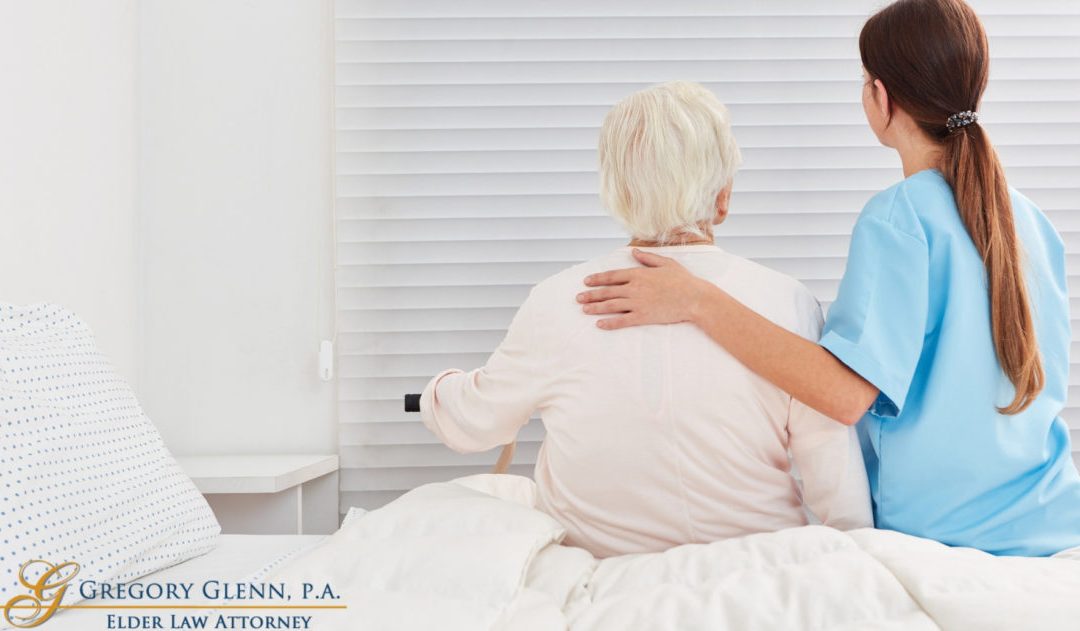When an elder loved one can no longer safely take care of themselves, adult family members or friends must decide how best to provide for their well-being. While the family may want to provide care at home, many times this is not a possibility based on the level of care the aging senior needs. Often, the only option remaining to get the care that is needed is a nursing home.
Nursing homes across the country provide millions of aging seniors with quality care. Unfortunately, some facilities do not. While these nursing homes may appear to be of high quality, with a cost that reflects this representation, they may fail to properly care for some of their elder residents.
This is unacceptable, and one telltale sign of neglect or abuse is bedsores.
Bedsores, or pressure sores, are caused by sustained, unrelieved pressure to the skin. They most often occur where bone and skin are in close contact, such as the back, elbows, ankles, and hips. They typically occur when nursing home residents are in a sedentary position in bed, or in a wheelchair, for too long.
Bedsores are not just painful, but they frequently result in infection and can even lead to life threatening health complications. Perhaps the most unfortunate aspect of bedsores is that they are avoidable. That’s why health officials consider them a sign that something isn’t right in a care treatment plan, especially when they are discovered in their later stages.
According to the federal Centers for Disease Control, (CDC), as many as 1 in 10 nursing home residents suffers from bedsores — an alarming statistic. The CDC also warns that bedsores are most often caused by a lack of attention and medical care from nursing home staff. Further, health officials consider them serious health concerns that should be treated immediately, because the longer they go untreated, the worse they get and the more likely additional bedsores will develop.
There are approximately five stages of bedsores, ranging from an early stage of visible skin irritation and perhaps blisters, which are early indicators that caregiving practices need to be modified, to late stage infected wounds and conditions like sepsis, gangrene, bone and joint infection, amputation, and even cancer of the lymph nodes. Perhaps the scariest part is, serious health risks apply at every stage of bedsores.
If you or a family member notices bedsores on an elder loved one staying in a nursing home, it’s critical to treat the sore immediately. Do not stay silent when it comes to the care of your loved ones. You may also want to speak with an elder law attorney to learn more about what can be done to protect your elder family member. Do not hesitate to contact us to ask us your questions.

